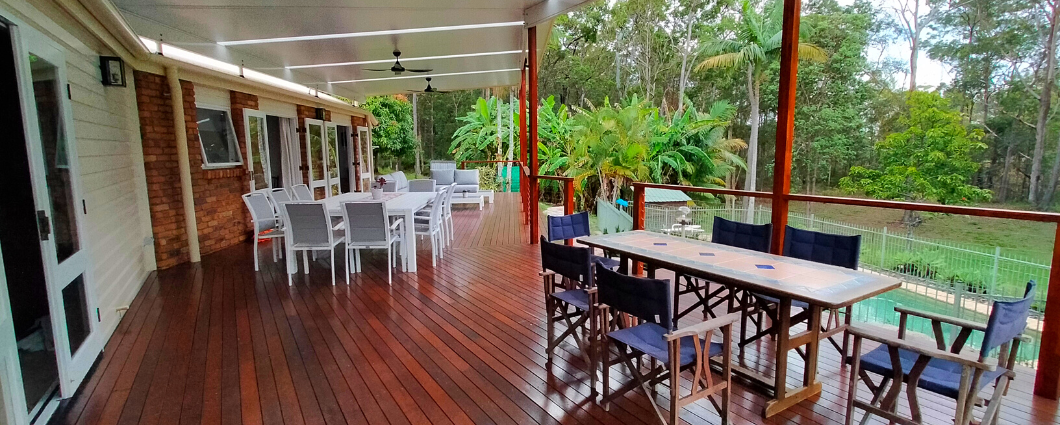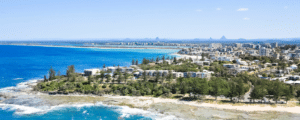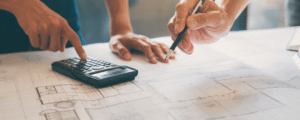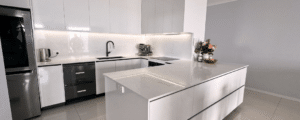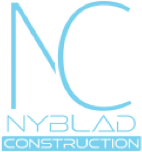As we head into the second half of the year and we find ourselves already thinking about Christmas, it’s time to think about that outdoor space of yours. Whether it’s a small backyard or a bigger space with a pool, ask yourself, is it ready for hosting Christmas Lunch? Now is a great time to start thinking about installing an impressive entertainer’s deck, upgrading an existing deck, or even extending an already existing deck. This month we discuss the various decking materials available, so that you’re already across the various options when you call us to book your quote visit.
Hardwood decking
When we talk about decking, hardwood is one of the most common materials that comes to mind. And rightly so; it’s durable and equally as stunning. There are three main types of hardwood that are used when building a deck.
Jarrah is more grey in colour and tends to be more expensive than the other options. That being said, it is durable and fire resistant and has a beautiful finish.
Spotted Gum, is also know for it’s fire-resistant properties and usually comes with a higher price tag. However, unlike the Jarrah, it is available in warmer tones from chocolate to light brown.
Merabau is rot and insect resistant and is also very durable. This type of hardwood is more affordable than the Jarrah and Spotted gum and is a very popular choice when it comes to deck installations. However, Merabau is usually sourced from South East Asia rather than Australia.
While a hardwood deck offers durability and a sense of grandeur, it does require yearly maintenance (oiling and staining) to keep it looking good and to ensure its longevity.
Jarrah Hardwood
Spotted Gum Hardwood
Merabau Hardwood
Treated pine decking
If hardwood is out of your budget, the next option in timber decking is treated pine; A cost-effective option that is also very durable as long as it’s looked after. While pine also requires yearly oiling and staining, you do have the option to stain it in a range of different colours due to the light colour of the timber.
You can also get it with a smooth or gripped surface finish. The downside to treated pine is that it can start to look grey very quickly if not properly maintained and it doesn’t quite have that wow-factor that hardwood has.
If you are looking to extend your current deck, you may also want to consider installing some sort of roof or shade cover. A great option is fly-over roofs as the increased height offers better ventilation and stops hot air from being trapped, thereby keeping your area cooler. Last summer we installed an absolutely stunning deck and fly-over roof in Landsborough. To prevent the fly-over roof making the space too dark, the design included sky-lights to let light through as well as making it a stunning design feature. For more information on this particular build, click here.
Treated Pine
Composite decking
If yearly maintenance is not for you (some of us have better things to do on the weekends!) composite decking is your best bet. While it may cost a little bit more initially, over time, you will save money and labour as it’s virtually maintenance-free.
Composite decking is made from recycled plastic and wood grain, which means it’s an eco-friendlier option than natural timber. It’s naturally resistant to rot and insects and tends to be quicker to install. The main downside to this option is that once you’ve picked a colour, you cannot change it – unless you decide to remove it completely and install a new deck!
Composite Decking
So, before you get too lost in your daydream of cocktails and balmy nights on your new deck, make sure you contact us straight away to book your free quote visit. We have limited spots left to get your deck ready in time for Christmas so make sure you get in quick!





